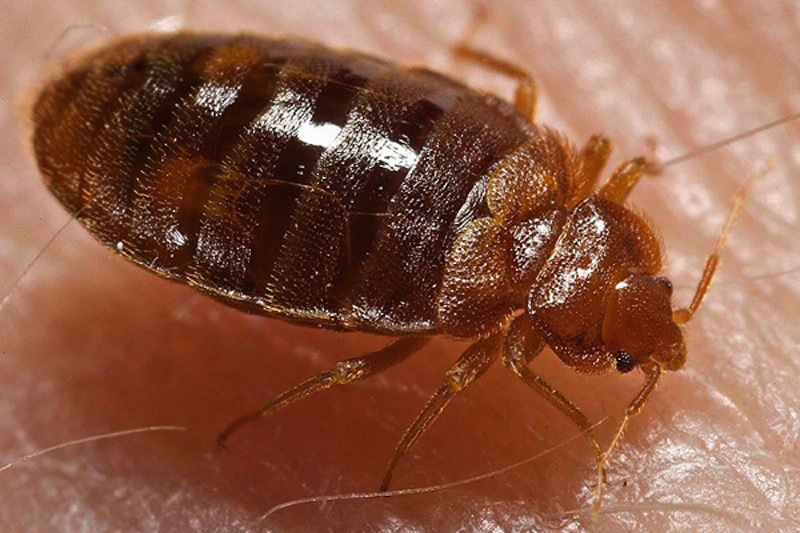Long-Lost Tropical Bed Bugs Are Back in the US

After a suspected 60-year absence from the U.S., a bed bug known for its ability to spread rapidly has just invaded Florida and Hawaii, according to experts who study the parasitic pest.
The tropical bed bug Cimex hemipterus is raising concern because traditional eradication methods might not keep its numbers in check.
"To the naked eye, the common bed bug (Cimex lectularius) and the tropical bed bug would look the same, as would signs of their presence: bites, blood spots on linens and shed skin from the bugs," University of Florida entomologist Brittany Campbell told Seeker. She added that the parasites can cause everything from small bite marks to serious allergic reactions that require immediate medical attention.
"Under a microscope, the two species look different," continued Campbell, who recently authored a report on tropical bed bugs for Entomology Today. "The tropical bed bug has a different-shaped pronotum, or neck-like structure, that doesn't have the 'U-shape' characteristic of common bed bugs."
RELATED: Why Is It So Hard to Get Rid of Bed Bugs?
The bed bug's existence in Hawaii is anecdotal, she said, but more is known about its presence in Florida, thanks to an observant homeowner from Merritt Island near the Ulumay Wildlife Sanctuary in Brevard County, Fla. In 2015 the family reported an infestation, and a sample was sent to Campbell. She and her team discovered the bed bug was from the long-lost tropical species.
From the late 1930s to the early 1940s, the bug was found in several Florida counties. But it hadn't been reported again until the Merritt Island incident. As its name suggest, it's often found in tropical environments including Africa, parts of Australia, Asia and South America.
Sign up for the Live Science daily newsletter now
Get the world’s most fascinating discoveries delivered straight to your inbox.
The parasite favors warm, humid environments, so Campbell said that it potentially could spread to other southern states, parts of California and additional places in the U.S. In fact, because of indoor heating, it might be able to establish itself nearly anywhere, she and other bed bug authorities speculate.
The Merritt Island residence is now free of bed bugs, but how the home became infested in the first place is a mystery that has Campbell concerned. The family hadn't traveled outside of the state, so it's likely the insects became established in Florida before arriving in Brevard County — possibly hitching a ride with tourists or on a cargo shop.
"We have probably encountered the tropical bed bug and not even known it," John Cooksey told Seeker. He works at McCall Service, a family-owned pest control company that's operates in Florida and Georgia. "Our bed bug business is up 12 percent over last year."
RELATED: Bed Bugs Have Fave Colors, Dislike Others
As news spreads about the tropical bed bug invasion, he thinks "pest control operators will start paying more attention to what species they are dealing with."
Cooksey said the species may have resistance to certain insecticides. Exterminators, though, rely heavily on controlled heating to kill bed bugs. When done correctly, the method is both effective and eliminates the use of pesticides that bugs can become resistant to over time.
Tropical bed bugs, however, are used to heat. Cooksey said that some researchers believe bed bugs could evolve greater heat resistance.
Bed bug infestations are more prevalent among certain groups, including millennials, frequent travelers, homestay vacationers and hoarders. The common thread among all but the latter is that these individuals tend to be more exposed to publicly available couches, beds and other items where bed bugs could lurk.
As for hoarders, Cooksey said that "they make it very difficult for us to gain control over infestations."
Originally published on Seeker.









